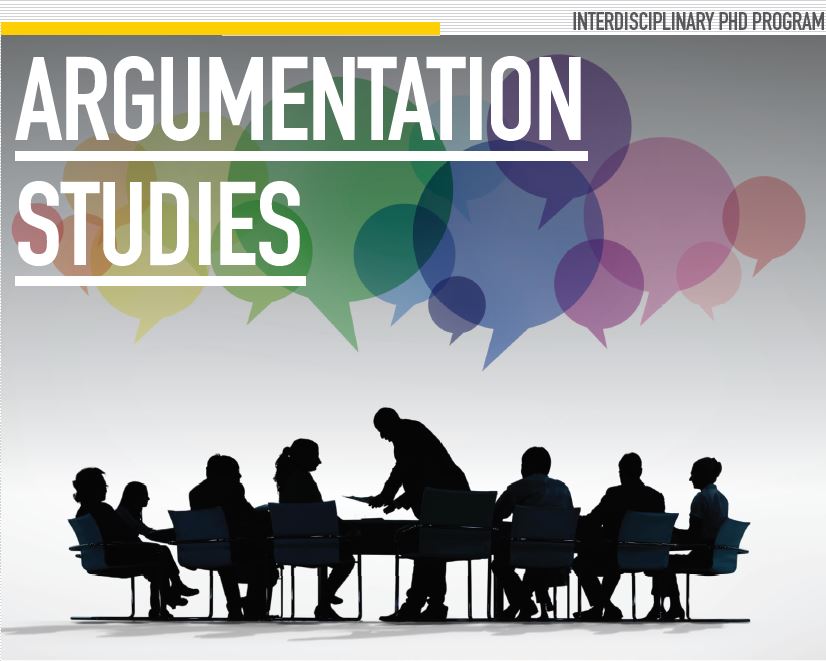Location
McMaster University
Document Type
Paper
Start Date
1-6-2005 9:00 AM
End Date
1-6-2005 5:00 PM
Abstract
The Toulmin diagram layout is very familiar and widely used, particularly in the teaching of critical thinking skills. The conventional box-and-arrow diagram is equally familiar and widespread. Translation between the two throws up a number of interesting challenges. Some of these challenges (such as the relationship between Toulmin warrants and their counterparts in traditional diagrams) represent slightly different ways of looking at old and deep theoretical questions. Others (such as how to allow Toulmin diagrams to be recursive) are diagrammatic versions of questions that have already been addressed in artificial intelligence models of argument. But there are further questions (such as the relationships between refutations, rebuttals and undercutters, and the roles of multiple warrants) that are posed as a specific result of examining the diagram inter-translation problem. These three classes of problems are discussed. To the first class are addressed solutions based on engineering pragmatism; to the second class are addressed solutions drawn from the appropriate literature; and to the third class, fuller exploration is offered justifying the approaches taken in developing solutions that offer both pragmatic utility and theoretical interest. Finally, these solutions are explored briefly in the context of the Araucaria system, showing the ways in which analysts can tackle arguments either using one diagrammatic style or another, or even a combination of the two.
Creative Commons License

This work is licensed under a Creative Commons Attribution 4.0 International License.
Included in
Toulmin Diagrams in Theory & Practice: Theory Neutrality in Argument Representation
McMaster University
The Toulmin diagram layout is very familiar and widely used, particularly in the teaching of critical thinking skills. The conventional box-and-arrow diagram is equally familiar and widespread. Translation between the two throws up a number of interesting challenges. Some of these challenges (such as the relationship between Toulmin warrants and their counterparts in traditional diagrams) represent slightly different ways of looking at old and deep theoretical questions. Others (such as how to allow Toulmin diagrams to be recursive) are diagrammatic versions of questions that have already been addressed in artificial intelligence models of argument. But there are further questions (such as the relationships between refutations, rebuttals and undercutters, and the roles of multiple warrants) that are posed as a specific result of examining the diagram inter-translation problem. These three classes of problems are discussed. To the first class are addressed solutions based on engineering pragmatism; to the second class are addressed solutions drawn from the appropriate literature; and to the third class, fuller exploration is offered justifying the approaches taken in developing solutions that offer both pragmatic utility and theoretical interest. Finally, these solutions are explored briefly in the context of the Araucaria system, showing the ways in which analysts can tackle arguments either using one diagrammatic style or another, or even a combination of the two.

